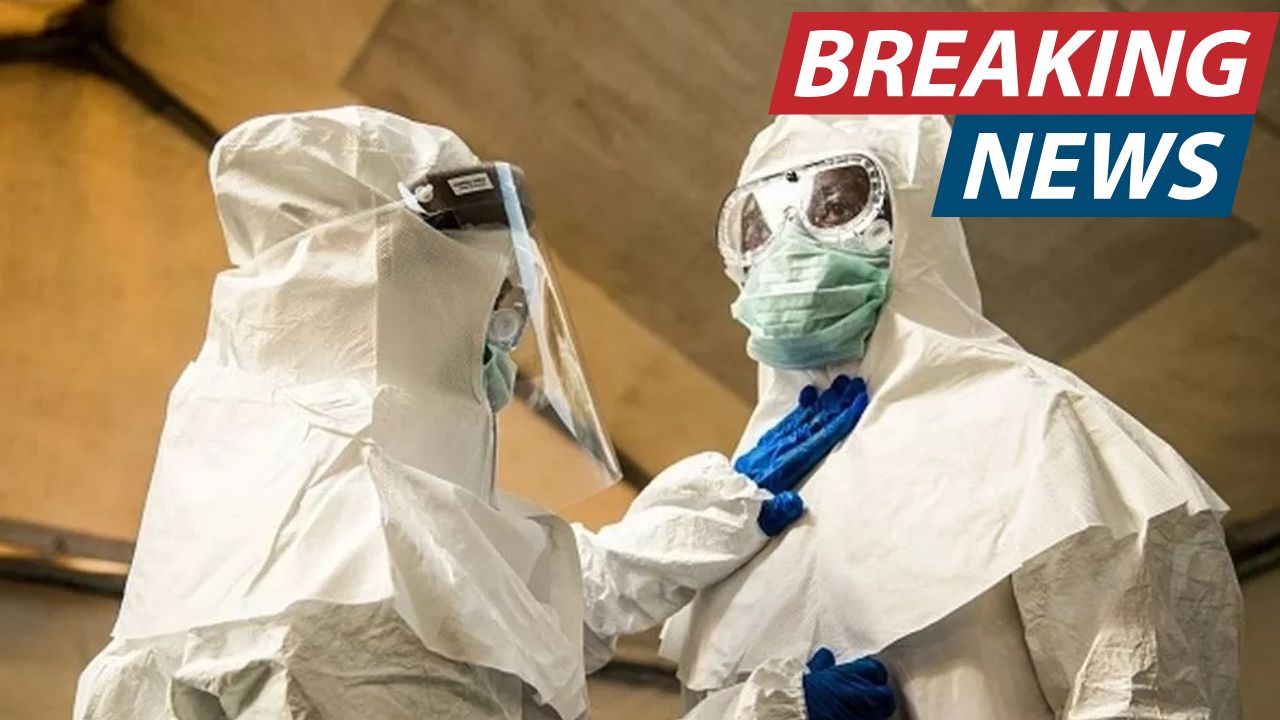In recent months, a mysterious condition known as Dinga Dinga has surfaced in Uganda, with hundreds of individuals, mostly women, experiencing uncontrollable, dancing-like movements. This phenomenon has caused significant concern, but an even more alarming claim has spread: some suggest that the condition is caused by demonic oppression. But is this true?
Let’s examine the facts and separate myths from science.
What is Dinga Dinga?
Dinga Dinga refers to a condition first reported in Uganda’s Bundibugyo district, where people experience sudden and involuntary movements resembling dancing. While this might sound unusual, it’s not entirely new. A similar event, known as the “dancing plague,” took place in Strasbourg, France, in 1518, where groups of people danced uncontrollably, some even collapsing or dying from exhaustion. Historical explanations for this phenomenon range from ergot poisoning (a toxin from a fungus found in damp grains) to psychological factors like mass hysteria or collective anxiety.
Also Read
The situation in Uganda, however, remains perplexing. Experts are investigating the causes, but no definitive answer has emerged yet.
What Could Cause Dinga Dinga?
To better understand Dinga Dinga, we spoke with Dr. Almas Fatma, a General Physician from Navi Mumbai, who explains:
“Dinga Dinga refers to a condition where people experience sudden, uncontrollable movements that resemble dancing. While it may seem unusual, this isn’t a new phenomenon. Similar outbreaks have been recorded in the past, and doctors are still working to understand the cause. It could be linked to factors like neurological conditions, stress, or environmental influences.”
The Spread of the Disease in Uganda
As of now, approximately 300 people in Uganda’s Bundibugyo district have been affected. These cases are confined to a specific region, and the disease has not spread widely like an infectious outbreak. The affected individuals exhibit uncontrollable dancing-like movements, but researchers are continuing to investigate its origins.
Is Dinga Dinga Caused by Demonic Oppression?
No, there is no scientific evidence to support the claim that Dinga Dinga is caused by demonic forces. While spiritual explanations have historically been used to explain involuntary movements—such as accusations of possession or demonic oppression—modern medicine recognizes that such conditions are more likely to be linked to neurological, psychological, or environmental factors.
For example, conditions like epilepsy, movement disorders, or even psychological factors such as stress or mass hysteria may explain the symptoms. In the past, similar outbreaks of dancing mania have been connected to collective stress, cultural factors, and even toxins.
What Are the Likely Causes of Dinga Dinga?
While research is still ongoing, several potential causes are being explored:
- Neurological Conditions: Disorders like epilepsy or other movement disorders could cause involuntary movements that look like dancing.
- Psychological Factors: Stress, trauma, or even mass hysteria could trigger unusual behavior, especially in a group. In historical instances, mass hysteria has been linked to outbreaks of dancing mania.
- Environmental or Infectious Factors: Toxins or infections, such as encephalitis (inflammation of the brain), might also be contributing to the outbreak.
- Cultural Influences: Cultural beliefs may shape how symptoms are understood and expressed but are not the cause of the condition.
Can Faith in Jesus Christ Cure Dinga Dinga?
No, there is no scientific evidence to suggest that faith alone can cure Dinga Dinga or any other medical condition. While faith and spirituality can provide emotional support, they cannot replace necessary medical treatment. Just as in any health condition, it is essential to rely on proper medical investigation to identify the cause. Treatment could involve medication, therapy, or other interventions, depending on the diagnosis.
Why is it Important to Debunk the Claim?
It is crucial to challenge the notion that Dinga Dinga is caused by demonic oppression. Such misconceptions can be harmful by diverting affected individuals from seeking appropriate medical care. In cases like these, timely medical intervention is necessary to understand and treat the condition effectively.
Additionally, this misinformation can breed fear and stigma, which may isolate those affected and prevent them from receiving the support they need. Health issues should always be treated with compassion and science-based solutions, not unverified supernatural claims.
Understanding Dinga Dinga
The claim that Dinga Dinga is caused by demonic oppression is unfounded. The condition, marked by uncontrollable, dance-like movements, is still under investigation, with experts exploring possible neurological, psychological, and environmental causes. While spiritual faith may offer comfort, it is not a substitute for proper medical care. We must rely on scientific research and healthcare to understand and treat this condition effectively.
External Sources:
- The History of Dancing Mania – History Channel





